South Africa is in a sense a greater brandy country than wine country. But they keep most of the brandy for themselves. They make large amounts of brandy, of cognac type. It is actually a very old tradition. The first time they made brandy in South Africa was in 1672…
It is also largely thanks to brandy that chenin blanc is such a common grape. Chenin blanc, or as it used to be called, steen, is a grape that gives wines with high acidity. It is suitable for production of brandy. A large part of the chenin blanc production goes to distillation.
Brandy in South Africa fall into three different categories:
- “Blendend” or standard-brandy
- Vintage brandy
- “Pot still” brandy, made from old-type stills of copper in, similar to the ones used in for example cognac and calvados.
Pot still is considered the best brandy. Vintage Brandy can also be pot still.
There is also something called Estate Brandy, which is exactly what it sounds like, made on a particular property.
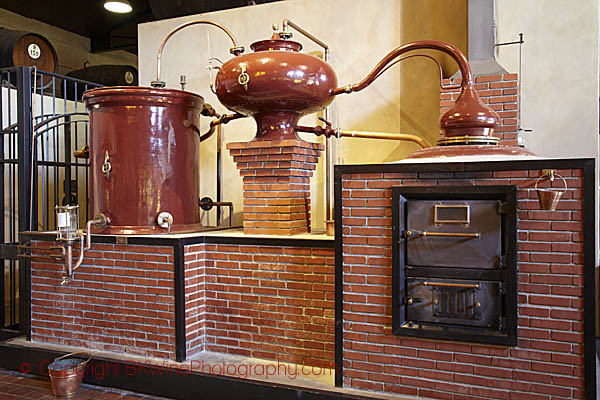
They make really excellent brandies in South Africa; I have on several occasions had the opportunity to try South African brandy and been very impressed.
They consume most of what is made within the country though. Unfortunately they export very little brandy from South Africa.
Award-winning brandy
So it was well-deserved when a South African brandy producer recently won the “Best Brandy & Cognac Producer in the World”. It was KWV who received the award at the 2015 International Spirit Challenge in London in July, the first time that a brandy producer and not a cognac house won!
KWVs 20-year-old brandy also won two prizes: the “Best Brandy in the World Trophy” and “Grand Champion”.
Read more about this on www.wine.co.za.
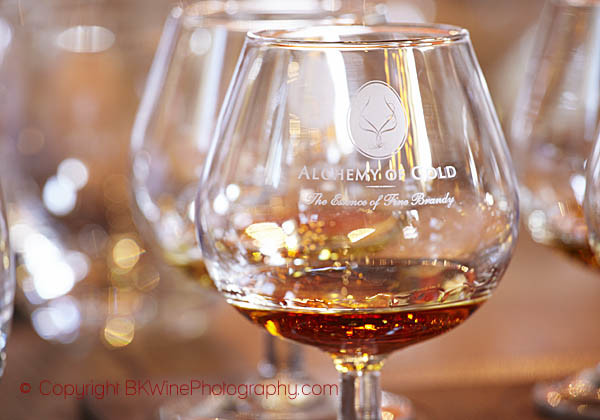
Swedish adventurer becomes brandy in South Africa: Olof Bergh
There is also a South African brandy with a direct link to Sweden, Olof Bergh Brandy, which of course it is a pleasure to explain. In particular since he also has some historic links to the South African wine industry.
Olof Bergh was born (it is believed) in Gothenburg in 1643, an adventurer. He joined the Dutch East India Company. After been in Jakarta and in Ceylon he came to South Africa, the then Cape Colony, in 1676. He was recruited by Simon van der Stel, the Commander and the first Dutch governor of the Cape.
Olof Bergh became very wealthy and owned much property and land. He became one of the wealthiest persons in the Cape. He married Anna de Koning in 1678 with, the daughter of a slave named Angela of Bengal, and she herself a slave until she was freed in 1666. Most interesting from a vinous point of view is that Lindbergh owned the large country estate of Constantia, where they made and still make, the famous Vin de Constance. However, apparently Bergh was not particularly interested in wine production. Nevertheless, he is said to have been the person who introduced the solera method to South Africa for the storage and aging of fortified wines and brandies. In 1724, 80 years old, he died at Constantia.
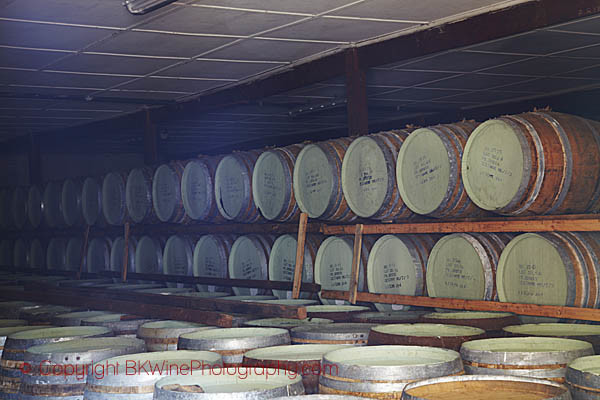
The Olof Bergh brandy is indeed a solera. It was launched in 1988 as the first (in modern times) solera brandy. It is now made at Olof Bergh Cellars, between Cape Town and Worcester. Today, the brand is owned by Distell.
I have unfortunately never had the opportunity to taste the Olof Bergh brandy but it is said to be excellent.
[box style=”rounded” border=”full”]Brandy is certainly something to be discovered in South Africa alongside exquisite wines. Come on a wine tour to South Africa with BKWine to get the chance to experience the best South Africa has both in wine, food and brandy.
Travel to the world’s wine regions with the experts on wine and the specialist on wine tours.
Unforgettable wine tours. BKWine wine tours.[/box]
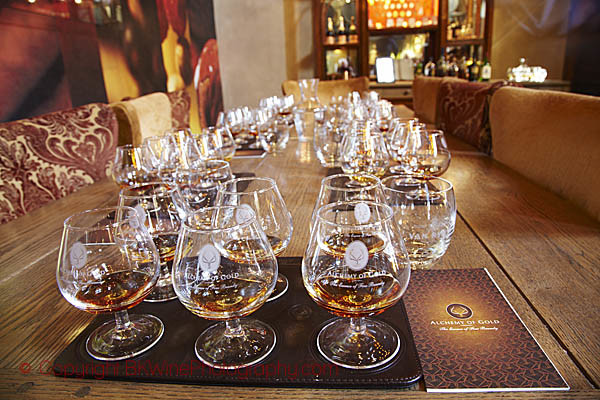



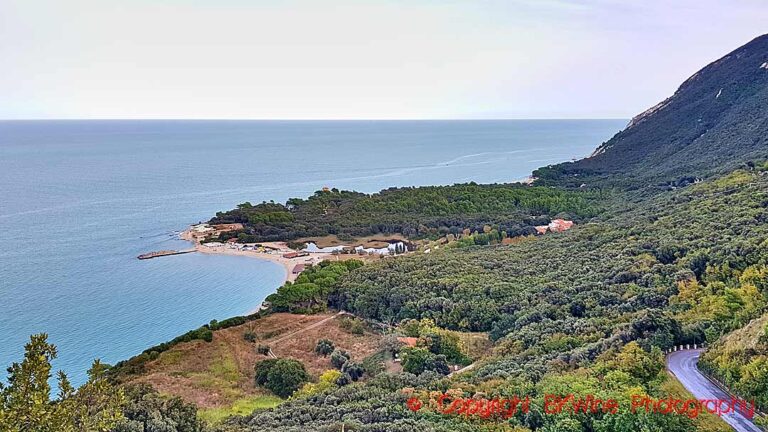
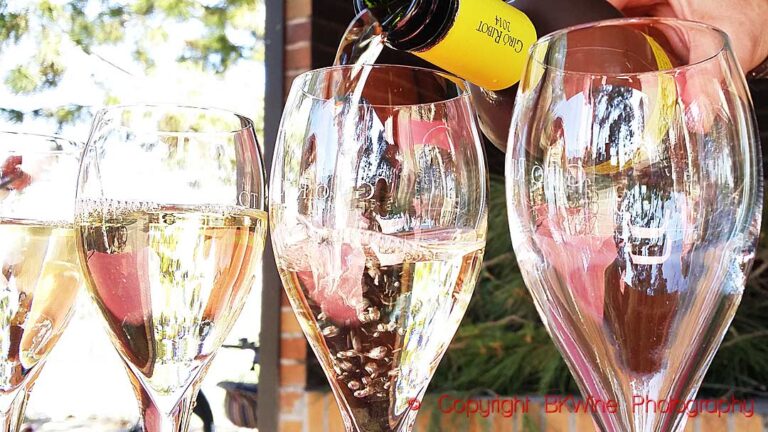





17 Responses
FYI , here is a short snippet from our research of the Oloff Bergh ,
1712 – Van der Stel died at Constantia on 24 June 1712, aged 73. He was buried in the Groote Kerk, Cape Town. As none of his family remained at the Cape, an auction, lasting four days, was held at Constantia two years after his death. The property was split into three – two parts (Bergvliet and De Hoop op Constantia, originally known as Klein Constantia but referred to hereafter as Little Constantia to avoid confusion with the other property now known as Klein Constantia) going to the auctioneer, Pieter de Meijer, and the third (known as Groot Constantia) to Captain Oloff Bergh.
1716 – Oloff Bergh took possession of Groot Constantia on 13 November 1716. Born in Gothenburg, Sweden, in 1643, he had joined the Dutch East India Company in 1665 and was a sergeant by the time he arrived at the Cape in 1676. Ten years later he was arrested and imprisoned for plundering a ship, which had run aground near Cape Agulhas (the Portuguese Nostra Senhora de los Milagros). Upon release he was sent to Ceylon, where he must have behaved more appropriately because he returned to the Cape in 1695 with the rank of captain and was appointed as commander of the Cape garrison. He retired in about 1701 as a wealthy man, owning land on the Moolenweg, a farm in the Tijgerberg area, the farm De Kuijlen (Kuils River) and the adjoining farm, Saxenburg. With Johannes Phijffer he also owned the farm Vondeling ‘near Paarl Diamant’. He was married to Anna de Koningh (born in Batavia, a daughter of the slave known as Angela of Bengal) and they had 11 children.
Already 73 years old when he acquired Groot Constantia, Bergh does not appear to have done much farming in the years leading up to his death in 1724. His widow Anna also appears to have neglected viticulture, given that there were only 1,126 litres of red wine in the cellar when she died in 1734.
Great info. Fascinating story. Thanks Hans. And just imagining how it must have been at the time!
Hi, Hans I read your comment on Olof Bergh to Per Karlsson in his BKWine Magazine. I saw that you have done a research on Olof Bergh. I am currently also doing research on the Bergh family history and compiling the genealogy of the Berghs in South Africa.
The founder or progenitor of the Bergh`s in South Africa was Olof Bergh, born in Götenborg, Sweden. He came to South Africa in 1676.
I need more information on Olof Bergh in Götenborg, Sweden before he came to South Africa.
I would appreciate if you can contact me if you can assist with more information.
Jan, I am also a Bergh from Cape Town and have just spent a week in Goteborg, and did a bit of researching of Olof Bergh when not working. Unfortunately, there is nothing I could find which directly referenced Olof Bergh, but the Stadsmuseet in Goteborg has (had) an amazing exhibit on Goteborg from its founding in 1621 through to the present day. The 1600-1700 section seems to corroborate everything my family knew about Olof in terms of wealthy families, exploration from Goteborg to the East (China, admittedly mainly via the Swedish East India Company), and the trading nature of early Goteborg itself. They are very proud of the city history here, so I would suggest contacting the Stadsmuseet to see if they had any more info. I am sure they would be very interested in learning how Gothenburgers influenced other places.
Hi Jan
I recently found out that I am also related to the Bergh family. Do you mind sharing your genealogy?
Thanks
Esme Ehlers
Hi Jan and JOB,
We are also related to Olof Bergh and would very much appreciate to get hold of the genealogy. I can do more research in Gothenburg in the coming months
If this research (by different people) leads to anything, I’d be interested to know what comes up!
Hi Per, I moved to Goteborg last year and have been doing some reasearch since i arrived. I then wrote all of this into the English wikipedia article (https://en.wikipedia.org/wiki/Olof_Bergh). The Swedish wiki article is quite short. What i did find was a reference in the book (Svenska män och kvinnor) to Olof as well as something on a website about Göteborg stad related to him. Not much more. The church records start around 1680, and Olof was already in RSA by 1670, so i was not able to find his birth record in the commun or stad archive records. I did find his parents were potentially Norwegian (oh no!) and may have have changed their family name from Bjørge to Bergh when they moved to Sweden (see the wiki article). But i havent found any more than this at this stage. Lmk if you’re interested to chat :)
Wow, that was an impressive amount of details. (in the wiki article)
What posting kettles did they use to make brandy and wine
My apologies it meant to be potstill kettles.
My surname is Woudberg and know many and maybe the first kettles made were by Woudbergs that settled in SA
I don’t know, but if you’er in SA it should be easy to find out. I think they do receive visitors.
What potstil kettles did they use to make brandy and wine
What i have understood, is that the brandy was from Olof MARTINUS Bergh at 1820. Hundred years after the Olof Bergh mentioned above.
They where not related.
Learn more of Mady Grey at Dorps museum in Stellenbosch.
Interesting, because on the front of every bottle is a picture of Olof and his birth and death dates (1643 – 1723). ;) Also, despite not really being great at wine-making at Groot Constantia, he (Olof senior) is well known for having introduced the Solera method to South Africa from Europe … which is also all over the bottle … so I would say the brandy is most certainly named in honour of Olof (senior).
Hmm, Im sorry if i am misstaken. Probably i am.. But thats is what ive been told of who i thought was a trustful source.
I also got it from the linked radioprogram (in Swedish) from 08:40 its about another Swede with the same name but Olof MARTINUS Bergh from Stellenbosch who 100 years later made the brandy thats now known as Olof Bergh Brandy. And as they say in the program, it easy to make the mistake that its the same person but its not.
When did they change the sticker on the bottle for the Brandy, was it a mistake and bad research, I dont know but someone must have wrong. Interesting.
Olof Martinus Bergh is the descendent of Olof Martini Bergh (who also incidently was the mayor of Stellenbosch many years after). Olof Martini Bergh was the Swede who came from Goteborg – all the Bergh descendents (including myself) were born in South African afterwards who come from the progenitor – Olof Martini Bergh. There is only one Bergh family in South Africa. The brandy is named after him, always has been … thats why his birthday and picture is one the front of the bottle. NB Olof Martini Bergh did not make the brandy, it was named after him.